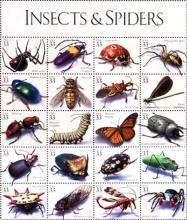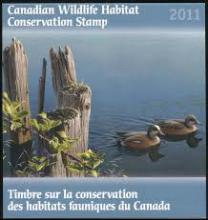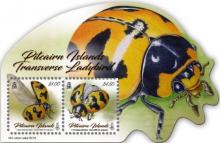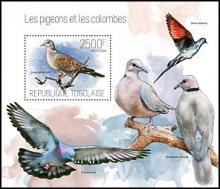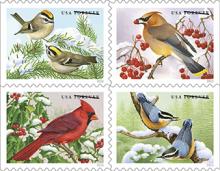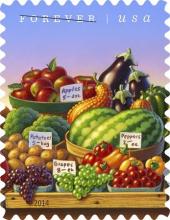Pestizide sind Hauptursache des Insektensterbens
Auf Einladung des Bund für Umwelt und Naturschutz Deutschland (BUND) referierte der Insektenforscher Thomas Hörren vom Entomologischen Verein Krefeld (EVK) im Möllner Quellenhof vor 90 Besuchern über deren bahnbrechende Studie zum Thema “Rückgang der Insekten-Biodiversität”. An zahlreichen Standorten ausschließlich in Schutzgebieten hatte der EVK 27 Jahre lang die Insektenfauna untersucht. Aufgrund des enormer Datenbestand und der wissenschaftlichen Methodik waren die Entomologen in der Lage, nicht nur den schleichenden Verlust an Arten, sondern auch an Insekten-Biomasse zu dokumentieren.

